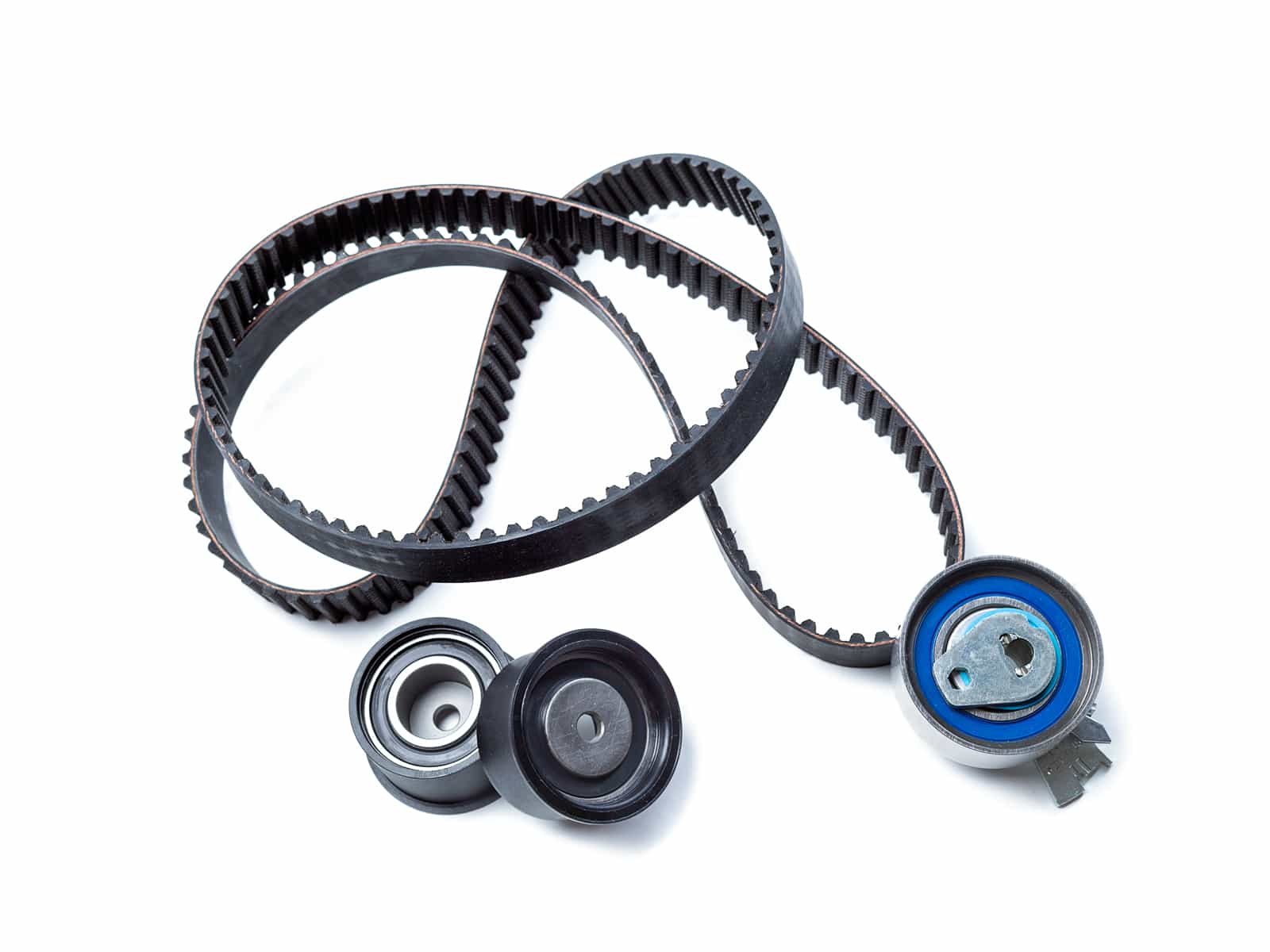

Ensure your motor’s timing is on track with timing belts from Masterparts.
In your motor, timing is everything. That’s why your timing belt is so vital to the operation of your entire vehicle.
Broken Timing Belt
Without a properly installed and adjusted timing belt, the valves on your engine don’t open and close at the appropriate times.
A broken timing belt can cause your engine to stop running or, on an interference application, cause your valves to crash into your pistons.
About our Timing Belts
We supply Powergrip FSD (full service distance) timing belts that are designed to last the distance between your service intervals as specified by the vehicle manufacturer.




